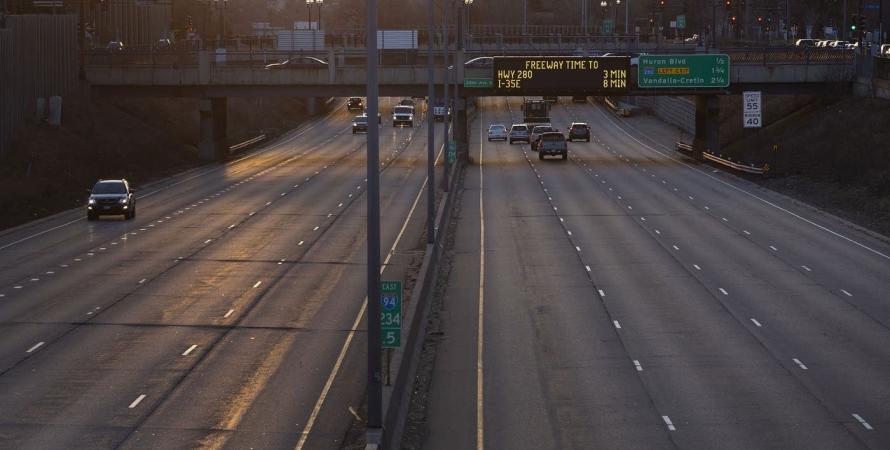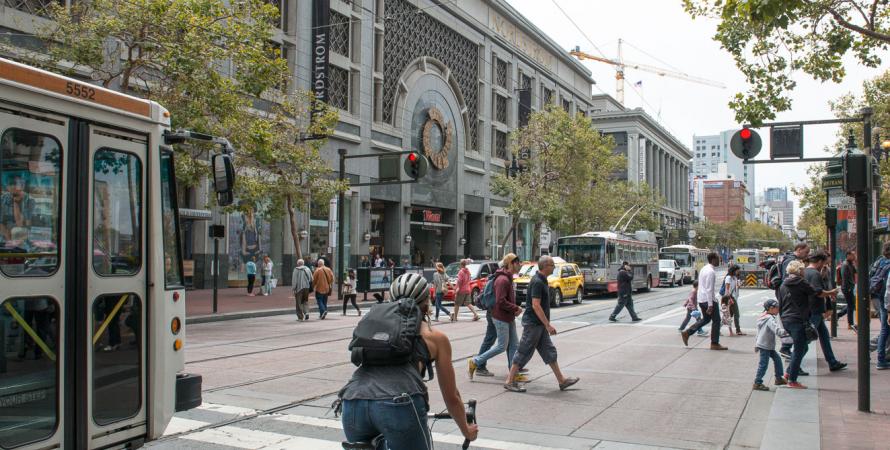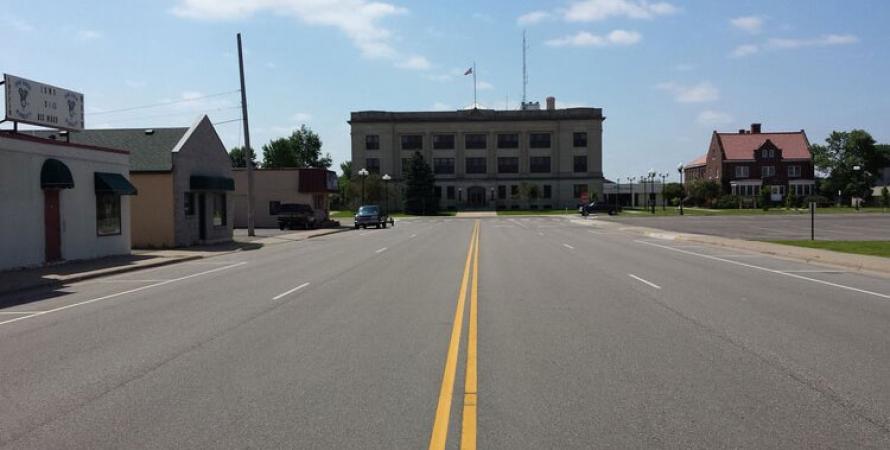-

New York City needs a ‘quiet streets network’
While New York City is shut down, the city has an opportunity to work on long-term plans to make streets safer, quieter, and more pleasant for pedestrians and cyclists.During this time of low traffic, New York City can do more to make streets safer, quieter, and more pleasant for pedestrians and cyclists now and in the future, according to architect John Massengale. “During this COVID-19 crisis, we can act on ideas that are great for the long-term health of the...Read more -

Have coronavirus shutdowns prompted an epidemic of reckless driving?
A pattern of more traffic deaths on less crowded roads may instead highlight an ongoing problem: Poorly designed urban thoroughfares.That Guy finally got his way. The one who weaves between lanes tailgating whichever driver he can intimidate the most, then revs the engine as he whizzes by just to cut you off: it's his world now. Reports from many cities indicate a surge in aggressive speeding, and with it, automobile crashes...Read more -

San Francisco makes downtown artery car-free
Banning of cars is the first step in a streetscape reconstruction of the city’s major thoroughfare.The busiest section of the busiest street in San Francisco became car-free in the past week. Market Street is a major shopping street and an employment center through the central business district. Private cars, including Uber and Lyft, were permanently banned on a 2-mile-long section of the...Read more -

The cost of an extra foot
Our cities desperately need professional engineers to realign their values to reflect those of the broader society, and we can start by making streets no wider than they need to be.Civil engineers generally have a conservative disposition. I’m not talking politics but their way of approaching the world. My fellow engineers tend to dress conservatively, keep a low profile, and avoid social situations, especially where they will be the focus of attention. I’ve experienced few...Read more